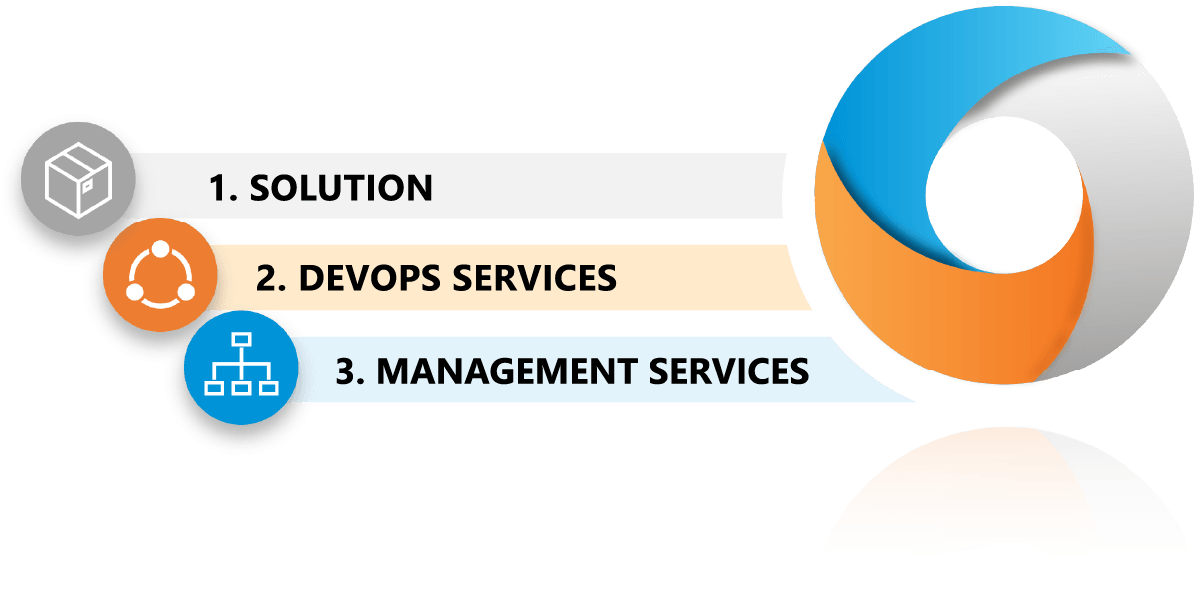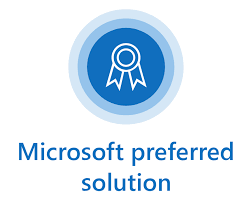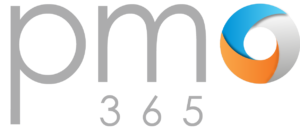Our top priority in using pmo365 was resource planning and timesheets. We aimed to gain a clear understanding of how project members, experts, and specialists are efficiently utilised to deliver project deliverable.
Bogdan Iosif, Global R&D PMO Specialist at SIG Group
About SIG
SIG, a leading provider of packaging solutions, is committed to creating a better future for its customers, consumers, and the planet. With its unique portfolio of aseptic carton, bag-in-box, and spouted pouch solutions, SIG collaborates with its customers to deliver food and beverage products worldwide safely, sustainably, and affordably.
The company's advanced technology and innovative capabilities enable it to offer versatile packaging systems and solutions for innovative products and efficient operations, addressing the evolving needs of consumers. Sustainability is a core value at SIG, guiding the company towards creating packaging that gives back more to people and the planet than it takes.
Established in 1853, SIG is headquartered in Neuhausen, Switzerland, and is listed on the SIX Swiss Exchange. Its approximately 9,000 employees worldwide bring their skills and experience to deliver prompt and effective solutions to SIG's customers in over 100 countries.
Programs
Projects & tasks
Total users
Locations
SIG's Requirements
Requirement 1: Effective Resource Allocation for R&D Projects
The ability to allocate resources effectively and promptly was the most important task facing SIG. It could significantly impact the success or failure of projects, as inefficient resource allocation can lead to a cascade of problems for project managers.
Requirement 2: Timesheet for Efficient Labour Cost Control
Traditional timesheet reporting can be a cumbersome and resource-intensive process for many organisations, offering limited value beyond payroll calculations. The pmo365 timesheet app goes beyond data collection, leveraging timesheet information to optimise enterprise performance and align with strategic objectives.
Requirement 3: Cost and Financial Control
Managing and monitoring various types of costs, including labour, capital expenditures (CAPEX), and operational expenditures (OPEX) is vital for optimising investments in new products. With pmo365, initial cost estimates can be established, financial forecasts updated based on current project performance, and approved budgets set for different project phases and activities.
Requirement 4: Integration with SAP for Seamless Control
pmo365's connection to ERPs such as SAP enables organisations to integrate data from project management and timesheets applications with financials in ERPs for full visibility and control of labour and non-labour costs.
Requirement 5: Visibility and Reporting
pmo365 offers a wide range of reports and dashboards across all levels of projects, programs, and portfolios, providing insights into their health and performance.
pmo365– an Intuitive and Intelligent PPM solution
pmo365 is an intuitive project management environment, implemented using the business intelligence of the Microsoft Power Platform. With a comprehensive Solution Library and the ability to connect to over 900 other software applications, pmo365 offers a versatile and robust PPM solution to meet every organisation’s unique needs.



pmo365 offers a robust and practical Project Portfolio Management applications, with tailored services that empower organisations to efficiently manage and optimise their project portfolios, driving success in a complex and ever-changing environment.
Laith Adel, CEO, pmo365
pmo365 Outcomes
pmo365 is the optimal way to digitise project portfolio management within your organisation. It removes the administrative overhead of collecting data and provides invaluable insights: it becomes your centralised, single source of truth.
This enhanced visibility and control can be systematically achieved through 3 tactics.
.png)
Tactic 1: Implementation of pmo365 Apps
Deploying our specialised Apps, designed to support project portfolio management within your organisation. These Apps facilitate better planning, execution, and monitoring of projects, ensuring alignment with your strategic objectives.

Tactic 2: Integration with Key Business Systems
Establishing seamless integrations with critical data sources and business applications, such as Enterprise Resource Planning (ERP) systems, asset management platforms, or other work management tools. This integration ensures that all relevant data is accessible and synchronized across various departments, enhancing decision-making capabilities.
.png)
Tactic 3: Transition from Standalone Files to Integrated Solutions
Phasing out the use of isolated files such as Excel spreadsheets, Word documents, and PowerPoint presentations that are maintained by your staff. Replacing these with more robust, integrated solutions that promote real-time data sharing, reduce manual errors, and improve overall efficiency and collaboration within your team.
The Future: It Doesn’t End Here
The successful implementation and adoption of pmo365 for SIG has delivered top-down visibility, reliable PPM processes, and insights to drive smarter and timely project investment decisions.
SIG Group is now looking to expand pmo365, by integrating it with SAP and using components of Microsoft’s PPM toolset to develop, manage and track different roadmaps, directly linked to the SIG Group’s strategic pillars and objectives.

customer story
fairlife
Just One of Many Success Stories
Satisfied Clients
Projects Finished
The SIG Client Success Team

Derek Halawa, Account Manager

Dan Stopher, Delivery Manager

Umar Farooq, Functional Consultant



